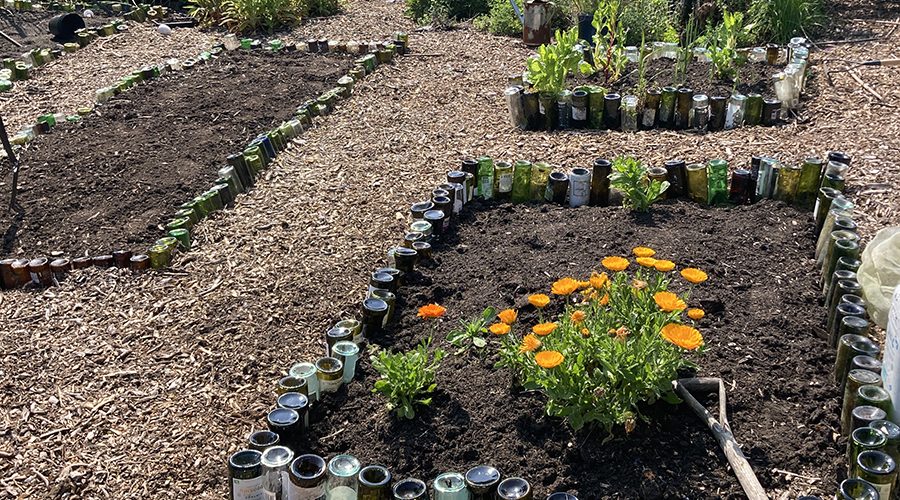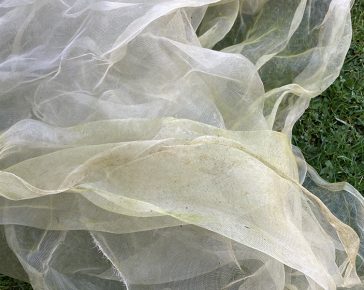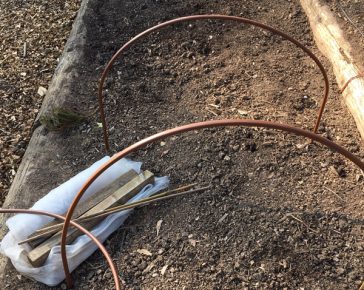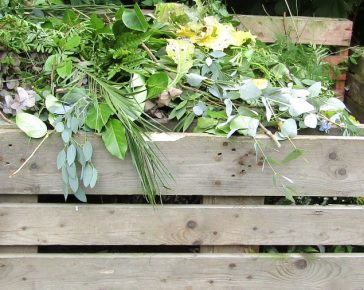The main planting season doesn’t kick off until late April, with mid-to-late May usually being the best time to get vegetable plug plants in the ground. It is much warmer then, and with long daylight hours the plants should get off to a flying start.
Until then, spending time in your plot getting things ready, and particularly nurturing the soil, is well worth doing.
- Chit and plant seed potatoes – you can chit potatoes on a windowsill now, and plant them out from late March (frost-dependent!) until late April
- Weed beds thoroughly, then cover them – getting all the weeds out now will save you a lot of work as we move into the main growing season, and especially at planting time. Once you’ve weeded, and dug over if you feel you need to, cover the beds with a layer of good quality compost if you can – approx 3-5cm thick – this will help to nourish the soil. Alternatively, you could cover with cardboard or black polythene/plastic-free equivalent to block the light and prevent new weeds from popping up.
- Weed pathways & clear overgrown areas – once your beds are sorted, we’d recommend turning your attention to pathways and nearby areas – pull up any patches of nettles etc now to save them from spreading into your veg beds later in the spring!
- Empty and clean pots/containers – it’s not worth trying to grow crops in old compost from last year – there’s not enough nutrition in the compost. You can empty it out and use it to dig into raised beds to improve soil consistency or as a weed suppressing mulch, but it is best to start from clean pots and containers filled with fresh compost.
- Wash down greenhouse windows and polytunnels – It’s a sensible idea to clean the glass/poly cover ahead of planting so that the maximum amount of light can get in. Do this now if you’re growing winter crops under cover, as that’ll help them too, or wait until April.
- Install water butts – this is a good idea for collecting rainwater to use during dry spells, and well worth doing now.
- Build compost bays – you’ll find a useful article below if you want to get started with composting this year. It makes so much sense to do so, and the time will fly by and you’ll have your own compost to use this time next year.
- Prepare hoop tunnels (or similar) – Hoop tunnels can be used brilliantly for protecting brassicas from pigeons (as soon as you plant them) by covering with mesh netting, or for protecting more tender crops (like squash, tomatoes, sweetcorn) from cold wind and frost while spring is still getting going, by covering with clear polythene or horticultural fleece. We’ve got an article below to help guide you.
- Wash netting – if you’re reusing mesh netting, it may benefit from a thorough cleaning to get rid of light-blocking algae and mud. Our Rocket Gardener recommends soaking overnight in a bucket of water with cheap vinegar, and then bunging it in the washing machine – see her post below!
- Build bean supports & pea supports – If you haven’t got these built and in situ when your plants arrive, it can feel a little rushed – it’s best to get them ready in advance so that you can plant the plugs as soon as they arrive and tie them in easily!
- Make brassica collars – Old cardboard packaging cut into 10cm discs, and then cut into the centre, can be prepared in advance ready to place around brassica stems to help prevent cabbage root fly damage.
There are lots of other things you can do, but if you concentrate on the tasks above, you should be ready to go as soon as your plants are delivered and ready to plant out!




